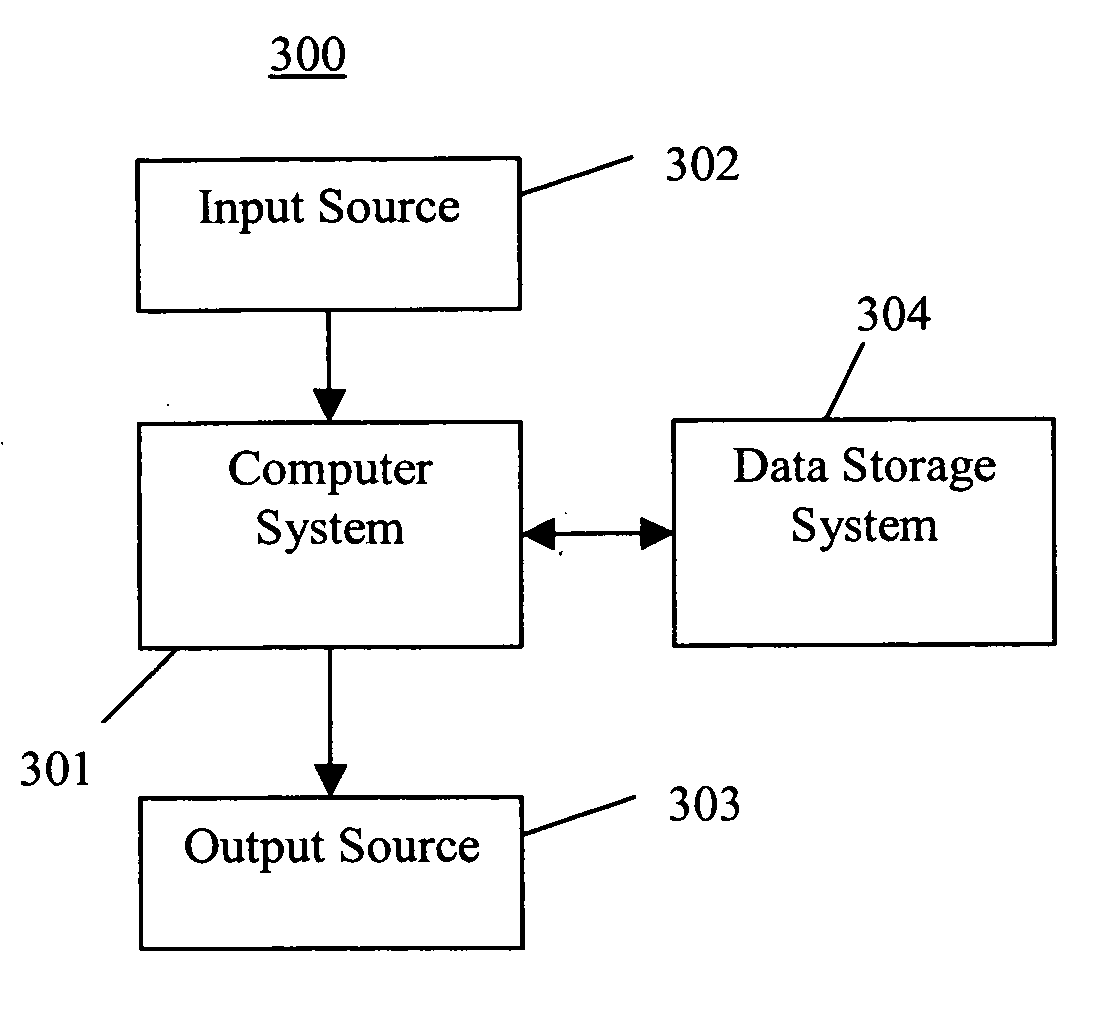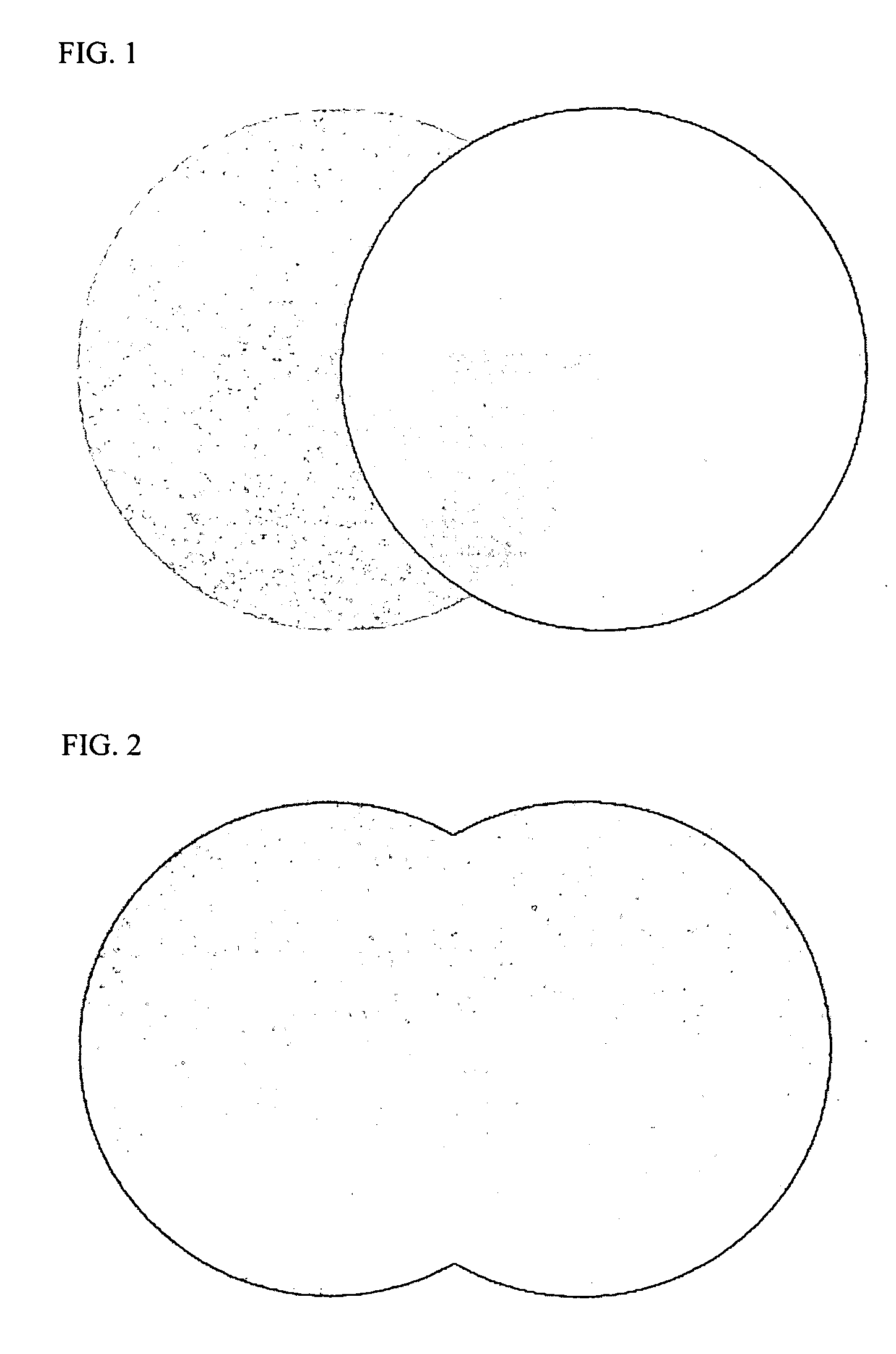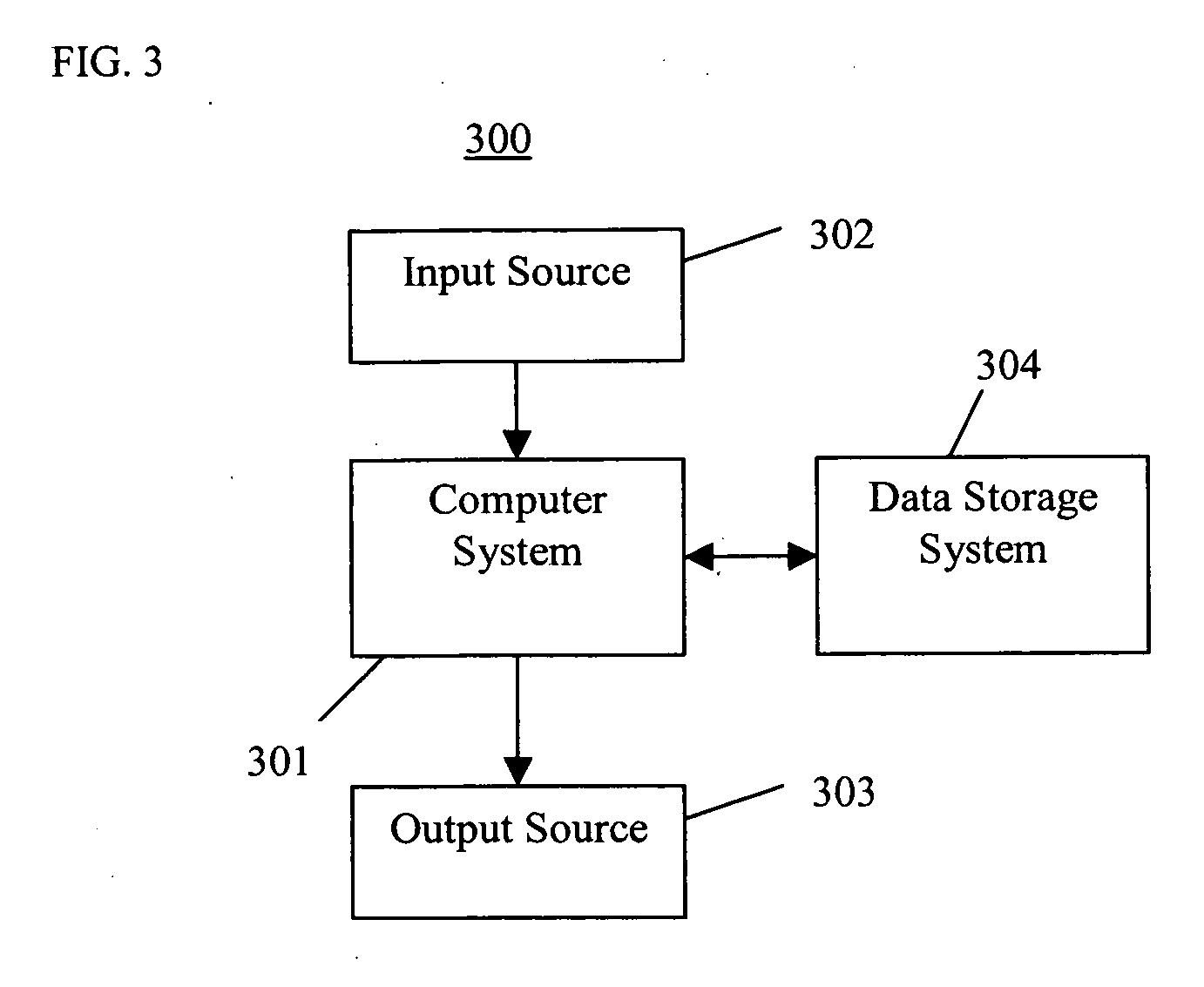Techniques for predicting colorimetric measurements of mixed subtractive colors
a subtractive color and colorimetric technology, applied in the field of color imaging, can solve the problems of not being able to perform a more valid prediction, and not being able to accurately predict the color output of overlapping similar transparent colors. to achieve the effect of improving color modeling
- Summary
- Abstract
- Description
- Claims
- Application Information
AI Technical Summary
Benefits of technology
Problems solved by technology
Method used
Image
Examples
Embodiment Construction
[0020] According to various embodiments of the present invention, a simplified version of Kubelka-Monk in conjunction with a non-continuous version of Bier's law for converting device independent data into device dependent data, such as RGB data, are used to provide a reasonable estimate for measured device independent data, such as CIELAB or CIEXYZ values, of mixed colorants on a substrate. According to embodiments of this invention, a reasonable baseline of original information is assumed, such as the information one normally finds in an ICC profile, combined with measurements that indicate shifts from the baseline, such as a change in paper color.
[0021] For those situations where there is no baseline information indicating the overprinting of different colors, such as for example a list of L*a*b* values for spot colors, the described techniques at least can provide a reasonably valid estimate for the mixing of solid colors, far better than current results in drawing applications...
PUM
| Property | Measurement | Unit |
|---|---|---|
| transmittance | aaaaa | aaaaa |
| thickness | aaaaa | aaaaa |
| color | aaaaa | aaaaa |
Abstract
Description
Claims
Application Information
 Login to View More
Login to View More - R&D
- Intellectual Property
- Life Sciences
- Materials
- Tech Scout
- Unparalleled Data Quality
- Higher Quality Content
- 60% Fewer Hallucinations
Browse by: Latest US Patents, China's latest patents, Technical Efficacy Thesaurus, Application Domain, Technology Topic, Popular Technical Reports.
© 2025 PatSnap. All rights reserved.Legal|Privacy policy|Modern Slavery Act Transparency Statement|Sitemap|About US| Contact US: help@patsnap.com



